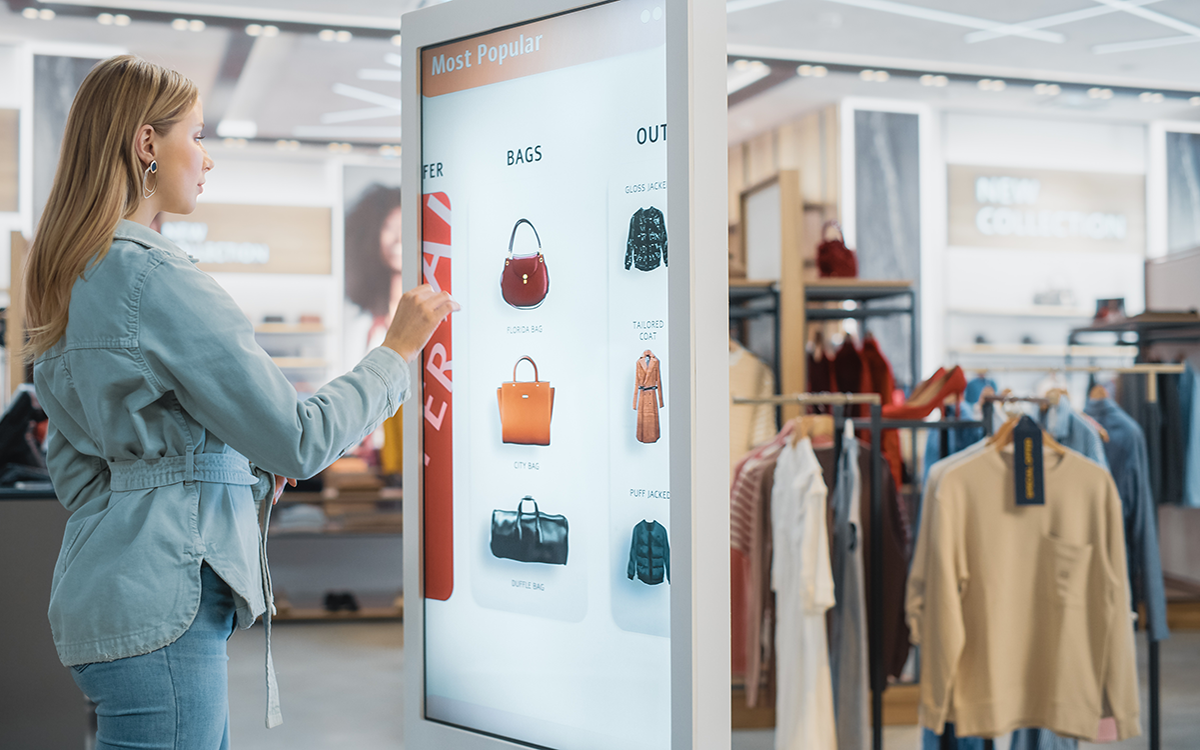Southeast Asia’s retail revolution: Three winning trends for Australian retailers
Fujitsu / May 2, 2024
Originally published in Retailbiz on 2 May 2024
Australia hosted nine of the 10 nation members of ASEAN in Melbourne in March 2024. Over 100 ASEAN CEOs discussed ways to improve connectivity, digitisation, and data security[1]. The spin-off benefit to Australia and its retailers is immense, and the next few decades will be an exciting period for Australian retailers.
The digital commerce market in Southeast Asia has reached US$100 billion[2]. With Australia’s market volume expected to reach over US$7.5 billion by 2028[3], Australian retailers would be wise to stay on top of and learn from the top technology trends from our tech-savvy neighbours.
The triumph of Southeast Asia’s retail technology revolution can be attributed to several factors, including a supportive regulatory environment, a vibrant startup ecosystem, and a willingness to experiment and adapt to changing consumer preferences. As a result, the region has become a hub for retail innovation, attracting investment from both local and international players.
Currently, Australia and Southeast Asia share some common challenges and opportunities in the retail sector, with rapid growth being driven by strong internet penetration, shopper confidence, cultural and linguistic diversity, and widespread ecommerce adoption.
Here are three top trends we have observed and uncovered from the region that can benefit Australian retailers.
Trend 1: Creating an interactive and seamless shopping experience through social commerce
The first trend, social commerce, is accelerating in the region. Social commerce blends the worlds of social media and e-commerce via omnichannel shopping, influencer partnerships, social selling tools and in-app shopping.
Live-stream shopping has become a hot trend in social commerce in the region. While it originated in China, it is now making waves across Southeast Asia. Like the 24-hour shopping TV channels of the 1980s, live-stream shopping allows consumers to interact with hosts and immediately purchase products.
A real-world example of how an international retailer is using social commerce is L’Oréal, the French cosmetics company. With a Facebook audience of 338 million followers across Southeast Asia, L’Oréal is enhancing the experience for their customers, partnering with an e-commerce enabler to seamlessly integrate social commerce efforts.
L’Oréal’s shoppable Facebook page allows direct orders via chat, bridging social media and e-commerce. By embracing social commerce, L’Oréal improved engagement with customers in Southeast Asia and streamlined transactions for growth, setting a great example for Australian retailers to follow in 2024.
Trend 2: Expanding mobile payment options to streamline shopping experience
The second trend we have observed is the expansion of alternative payment methods, specifically mobile wallet/payment options, and the high adoption of this among Southeast Asian retailers.
With the region’s high smartphone penetration rate and a young, tech-savvy population, retailers have strategically capitalised on the opportunity to engage with customers through mobile channels. From mobile payment solutions to personalised marketing campaigns delivered via messaging apps, Southeast Asian retailers have successfully leveraged the power of mobile to drive sales by making the end-to-end experience seamless, as well as foster customer loyalty.
An example of this in action is Grab, a Southeast Asian tech company, which offers GrabPay – a mobile wallet that allows users to make cashless payments at various retail outlets, restaurants, and even street vendors.
To date, they have over 4.5 million users across Malaysia and Singapore with a market penetration of 31.7% and 30.4% respectively[4]. GrabPay has made transactions more convenient and secure for both customers and merchants. Retailers which have integrated GrabPay as a payment solution have experienced a 1.5x increase in customer retention versus those only accepting cash and card payments[5].
Trend 3: Leveraging technologies to enhance operational efficiency
The third trend is Southeast Asian retailers’ investment in emerging logistics and supply chain management technologies, to support the growth of e-commerce.
By leveraging data analytics, artificial intelligence and automation, retailers have been able to optimise inventory management, reduce delivery times and improve overall operational efficiency. This has resulted in a more streamlined and cost-effective retail ecosystem, allowing businesses to pass on the benefits to consumers, in the form of competitive prices and enhanced service quality.
JD.com, a Chinese e-commerce giant, invested heavily in automated warehouses and drone delivery systems to streamline its operations in Southeast Asia. By using advanced robotics and AI, JD.com has been able to reduce delivery times and improve inventory management, resulting in cost savings and enhanced customer satisfaction.
Another success story is Ninja Van, a Singapore-based logistics startup, which has developed a sophisticated algorithm that optimises delivery routes and enables real-time tracking of packages. This has helped improve the efficiency and cost of last-mile deliveries, as well as enabled a better shopping experience with retailers. This is exemplified by retailers like UNIQLO offering a dedicated returns service through Ninja Van for its customers.
As Southeast Asia’s marketing landscape evolves and digital channels increasingly erode the tyranny of distance, Australian retailers are well placed to watch and learn from these success stories across the ocean, to explore and create meaningful connections with their customers and stay ahead in a dynamic market.
By embracing multilingualism, the power of data and analytics, new mobile payment options, and AI technologies to cater to the needs of highly engaged audiences, retailers in Australia can thrive in these evolving times and dynamic markets.
Remember, a bright future in retail belongs to those who innovate and adapt, and a strong digital transformation partner like Fujitsu is also a key element to your success.
Don’t navigate the evolving retail landscape alone. Fujitsu’s expertise in technology, data and cyber security, digital experience, and sustainability transformation can help you stay ahead. Get in touch with us today at enquire@fujitsu.com to discuss your retail needs and let us help solve your business challenges together.

Related information
- [1] Outcomes Summary | ASEAN-Australia Special Summit 2024 (pmc.gov.au)
- [2] Southeast Asia’s Digital Economy Projected to Hit US$100 Billion in Revenue in 2023 | US ABC (usasean.org)
- [3] e-Conomy SEA 2023 report: Southeast Asia’s digital economy hits $100 billion in revenue. Businesses now focusing on boosting profitability; widening digital participation remains critical | Bain & Company
- [4] Mobile wallets will reach 2.6 billion users in Asia Pacific by 2025 – The Asian Banker
- [5] Buy Now, Pay Later 2.0: The Future of Alternative Payments in Southeast Asia – Grab.com







